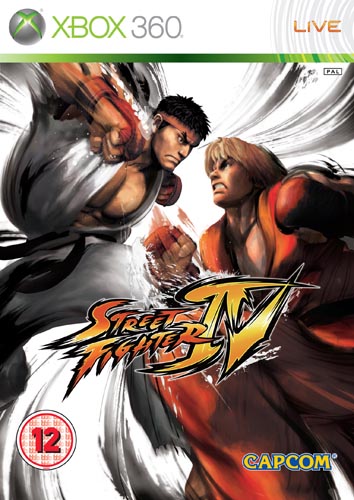
Editor’s Note: A really fascinating read about how a former bully channeled his energies into videogaming instead of his victims’ faces. Take that, Jack Thompson. -Shoe
There is something extremely satisfying about a well-thrown punch. The feeling of contact between your fist and bone. The sharp snap it makes. The tinge of pain in your forearm from the shock of the impact.
I’m not talking about just hitting something. I’m describing what happens when you use everything your body has, directed through your fist, in an attempt to destroy what’s on the other end. It’s addictive and dangerous. Most people never really experience that. But those who do know exactly what I mean.
When I was younger, I was very familiar with that feeling. Growing up in the projects meant that when someone pushes you, you push back harder. It’s a simple rule that worked amazingly well. I didn’t get pushed that often, and when I did, I made sure it didn’t happen again.
That rule changed when we moved to the suburbs, but no one told me. Being one of the few black kids at Linkhorn Park Elementary School, I got pushed a lot. And I pushed back. Punched back. And when I’d get pulled into the principle’s office, I couldn’t care less what she had to say. She obviously didn’t know how things worked. Her rules weren’t my rules.
Even when Chris, the only other black kid in the school, tried to explain things to me, I ignored him. “Derrick, the kids here are wimps. You can’t hit them like that anymore.” He was right — the kids were wimps. A shove on the basketball court was a reason for tears. A kick at the playground was a reason to run to the teacher. Why were they crying? They have two parents, nice houses, and didn’t have to use a free lunch card in the cafeteria. Wimps.
I finally got the message when my mother was called in for a “conference.” I waited outside while the teachers recited my crimes to her. When my mom came out of that room, I expected a smack to the head and to be shoved into the back seat of the car. That’s what was supposed to happen. But it didn’t. Instead she refused to look at me and headed for the bathroom, tears streaming down her face.
I had never seen her like that. When the teacher appeared, she looked at my blank expression and accused me: “You did that to her. You’re the most apathetic child I’ve ever seen. Do you know what ‘apathetic’ means?” I nodded my head. I knew exactly what it meant. It meant “boy who makes his mother cry.”
That’s when I decided to change. What beatings, restrictions, and suspensions failed to do over the years was accomplished in a split second by the image of a strong woman reduced to tears.
But deciding not to hit other kids didn’t mean the feelings went away. And they needed an outlet. When I saw a new game at the supermarket called Street Fighter 2, I asked my mom for a quarter and played it while she shopped. When another kid joined in, it was a revelation: I could punch him, kick him, throw him to the ground. No punishments. No crying. This was a good thing. Very good.
Over the years, other ways to channel those feelings have come and gone, and Street Fighter faded into the background. Each new version seemed to get further away from allowing me to throw a punch and enjoy it connecting. Instead of an outlet, it turned into a way to watch a combo meter count upward. I just wanted to hit someone.
Street Fighter 4 brings that back. The visceral thud of a punch is conveyed in beautiful images that make the violence seem like a work of art. The controls have been simplified so that I don’t have to search online for a 13-page moves list to enjoy it. And most importantly, when a punch connects on screen, I feel it. And it feels good.
Score: 9/10


